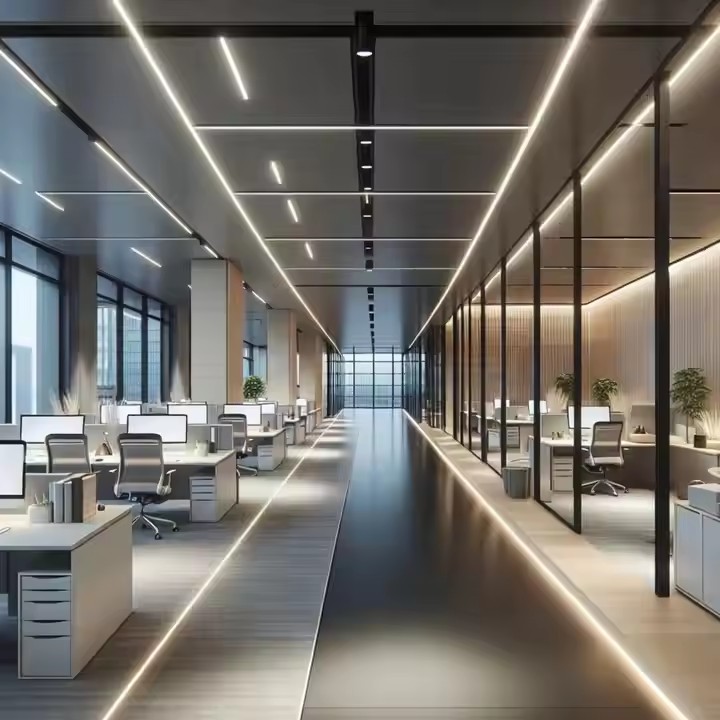Australia is an important new market for Chinese window and door companies. The demand is strong, and the market conditions are favorable. However, to succeed, designs must match local styles, sizes, and especially the climate.
Climate adaptation:
Australia has many types of climates—from tropical and temperate to desert. Each region has different needs for window and door performance. It’s important to design the right size and function for different situations like villas, high-rise buildings, or countryside houses.
Tropical and subtropical areas (like North Queensland and Sydney): These areas are hot, humid, and rainy. Windows and doors need to provide good ventilation to reduce heat and humidity inside. They also need to block strong sunlight to protect furniture from fading and help keep rooms cool. Good waterproofing is also necessary to prevent rainwater leaks.
Temperate areas (like Melbourne): These places have four seasons. Summers are hot, and winters are cold. Windows and doors need to insulate well to keep out hot and cold air. Materials like thermal break aluminum and double or triple glazing are useful. They also need to resist strong winds in winter.

Cold areas (like Tasmania): Winters are long and cold. The focus is on keeping warmth inside. Thick glass and high-insulation frames help reduce heat loss and keep the house warm.
Energy efficiency:
Australia uses a 7-star energy rating system for homes. The performance of windows and doors is key. Two important values are U-value (how much heat passes through) and SHGC (how much solar heat is gained). Even small differences in these values can affect the rating. Designers must carefully calculate and choose energy-efficient windows. In poorly designed homes, people may rely too much on high-performance windows to fix energy problems, which raises cost and difficulty.
Material selection:
Common materials include wood, aluminum, and PVC:
Wood: Good insulation but needs regular care. It can get damp, deform, or attract insects.
Aluminum: Strong and easy to clean, but it transfers heat easily and may corrode near the ocean.
PVC: Cheaper and has decent performance, but may not last as long or look as good.
Designers need to choose based on climate, building style, client needs, and budget.
Installation challenges:
Windows and doors must be installed precisely. Bad installation can affect both looks and performance. For example, bay windows must be measured accurately, or gaps may appear. Skilled workers are needed. Australian houses also use different structures like brick veneer or timber frame, so windows must match. Imported windows may need extra materials or special installation methods, making things more complex.

Soundproofing and safety:
In cities or near roads, noise is a problem. Good soundproofing helps keep the inside quiet. Safety is also important, especially in high-rise buildings—windows must prevent children from falling, using safety glass, guards, or limited opening designs. In disaster-prone areas (like cyclones), windows must be strong and wind-resistant to protect people and property.
Appearance and style:
Australia has many building styles, from classic European to modern. Windows and doors must match the building’s design. Designers need good taste and understanding of styles to choose the right colors, shapes, and details to make the whole building look better. For example, classical buildings may use decorative windows, while modern homes need simple, clean designs.

